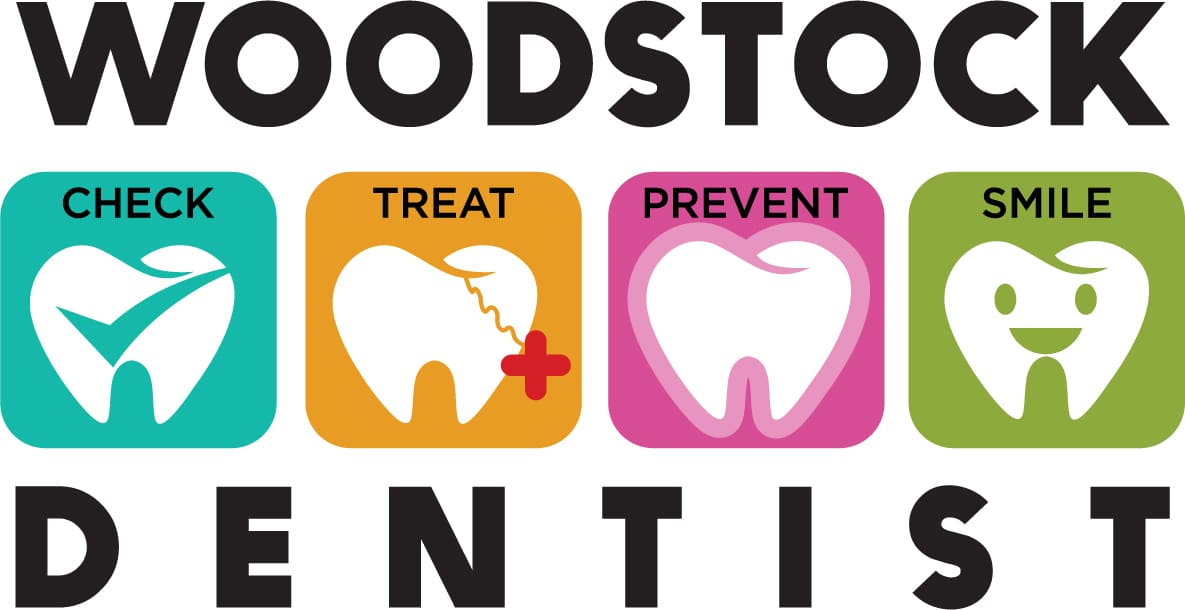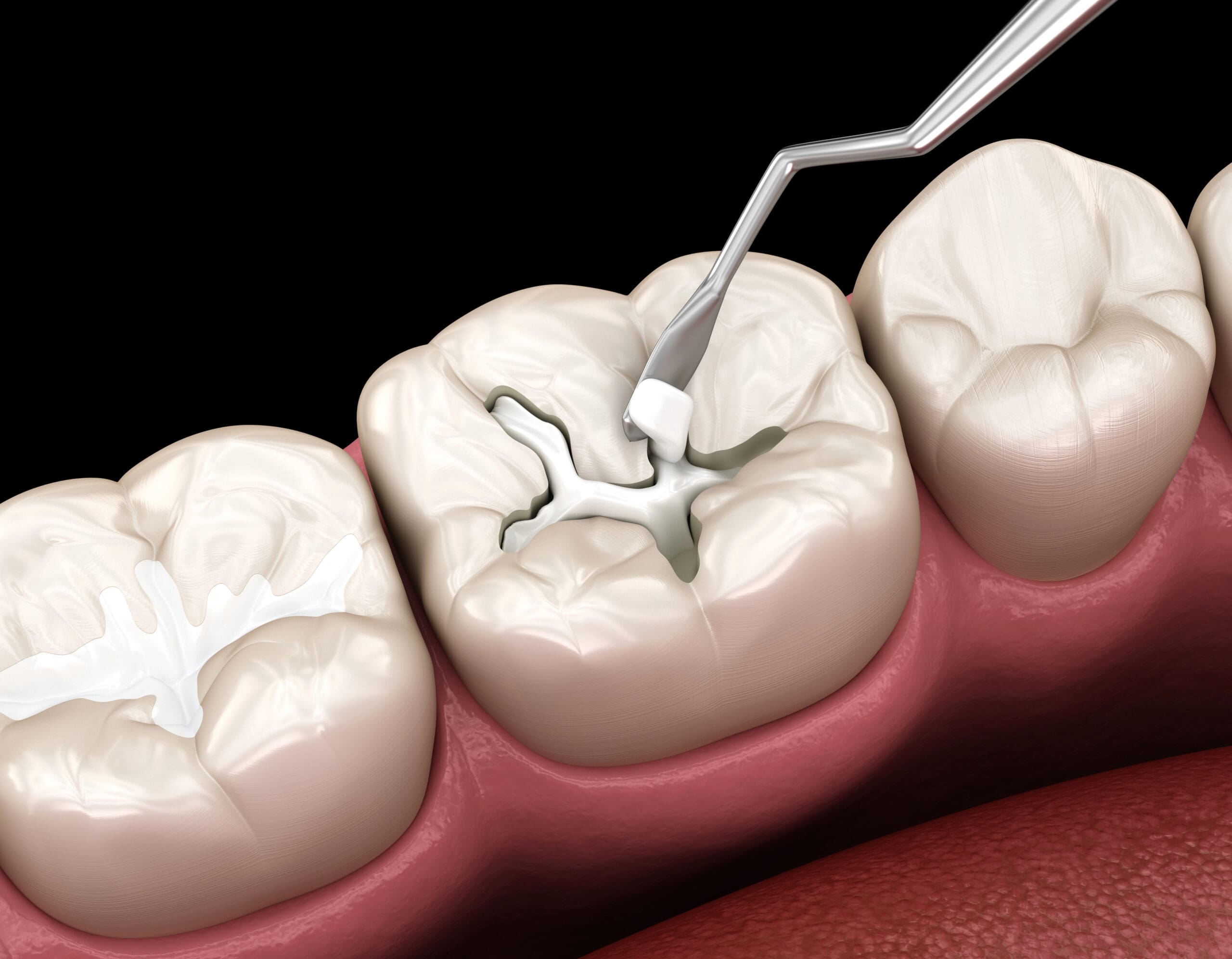What is the difference between dental sealants and fillings in protective care? Dental sealants are a preventive measure applied to the chewing surfaces of teeth to protect against decay, while fillings are used to restore teeth that have already been damaged by cavities. Understanding the distinct roles of each can help in maintaining oral health.
Dental sealants vs fillings
Dental sealants are a protective coating applied to the chewing surfaces of the back teeth, primarily the molars and premolars. This thin, plastic layer acts as a barrier against food particles and bacteria, which can lead to cavities. Unlike fillings, which are used to repair existing damage, dental sealants are a preventive measure designed to protect teeth from decay. The application process is quick and painless, making it an effective option for maintaining oral health.
While dental sealants are often associated with children, they can be beneficial for adults as well. The protective layer helps in preserving the integrity of teeth by preventing decay before it starts. For more information on how adults can benefit from this preventive care, visit our page on Dental Sealants for Adults: Not Just for Kids—Preserve Your Teeth at Any Age. Understanding the difference between dental sealants vs fillings is crucial for making informed decisions about oral health care.
Definition of Dental Fillings
Dental fillings are a common dental procedure used to restore the function and integrity of missing tooth structure resulting from decay or external trauma. When a tooth is damaged by cavities, a dentist removes the decayed portion and fills the area with a material such as amalgam, composite resin, or gold. This process not only helps in restoring the tooth’s shape but also prevents further decay by sealing off spaces where bacteria can enter.
In the discussion of dental sealants vs fillings, it’s important to understand that while both serve protective roles, they are applied in different scenarios. Fillings are typically used after decay has occurred, whereas sealants are preventive measures applied to healthy teeth. For more information on how sealants can protect your teeth, visit our Woodstock Dental Sealant Experts.
Purpose of Dental Sealants
Dental sealants serve as a preventive measure in oral health care, primarily designed to protect the chewing surfaces of the back teeth from decay. Unlike fillings, which are used to restore teeth that have already been damaged by cavities, dental sealants act as a barrier against plaque and food particles. In the discussion of dental sealants vs fillings, it’s important to understand that sealants are applied to healthy teeth to prevent decay, whereas fillings are used to repair teeth that have already been compromised. This distinction highlights the proactive role of dental sealants in maintaining oral hygiene and preventing future dental issues.
Purpose of Dental Fillings
Dental fillings are primarily used to restore the function and integrity of a tooth that has been compromised by decay or damage. When a cavity forms, it creates a hole in the tooth that can lead to further deterioration if not addressed. Fillings help to fill this void, preventing bacteria from entering and causing more harm. They also help in maintaining the tooth’s structure, allowing for normal chewing and speaking functions. In the discussion of dental sealants vs fillings, it’s important to understand that while both serve protective roles, fillings are specifically designed to repair existing damage. For more information on dental care options, you can consult with a Woodstock Dentist.
Application Process Differences
When considering dental sealants vs fillings, understanding the application process differences is crucial. Dental sealants are typically applied as a liquid resin that hardens into a protective coating over the grooves of teeth, primarily used for preventive care. In contrast, fillings involve removing decayed tooth material and filling the cavity with a restorative material to repair damage. The sealant process is generally quicker and less invasive, focusing on prevention, while fillings address existing decay and require more extensive preparation and application.
Material Composition Comparison
When considering dental sealants vs fillings, understanding the material composition of each can provide insight into their distinct roles in oral health. Dental sealants are typically made from a plastic resin that is applied to the chewing surfaces of the back teeth, creating a protective barrier against decay. In contrast, fillings are composed of materials such as amalgam, composite resin, or gold, which are used to restore the structure and function of a tooth after decay has been removed. The choice between dental sealants and fillings often depends on the condition of the tooth and the specific needs of the patient.
Longevity and Durability
When considering dental sealants vs fillings, understanding their longevity and durability is crucial. Dental sealants are typically applied to the chewing surfaces of molars to prevent decay and can last several years with proper care, though they may need reapplication over time. Fillings, on the other hand, are used to restore teeth that have already experienced decay and are designed to withstand the pressure of daily chewing. The lifespan of fillings can vary based on the material used and oral hygiene practices, but they generally offer a durable solution for maintaining tooth integrity.
Cost Considerations
When evaluating dental sealants vs fillings, cost considerations play a significant role in decision-making. Dental sealants are generally more affordable as they are preventive measures applied to protect teeth from decay, often covered by insurance for children. Fillings, on the other hand, are restorative procedures used to repair teeth that have already been damaged by cavities, and their cost can vary depending on the material used and the extent of the decay. Understanding the financial implications of dental sealants vs fillings can help individuals make informed choices about their oral health care.
Suitability for Different Age Groups
When considering dental sealants vs fillings, it’s important to understand their suitability for different age groups. Dental sealants are often applied to children and teenagers as a preventive measure to protect their developing teeth from cavities. This is because sealants are most effective on the chewing surfaces of the back teeth, where decay is most likely to occur. On the other hand, fillings are typically used for individuals of all ages who already have cavities that need to be treated. While both dental sealants and fillings serve to protect teeth, their application varies depending on the age and dental health needs of the patient.
Conclusion
Understanding the differences between dental sealants vs fillings is crucial for maintaining oral health. For more information, call us at 678-483-5999 or read our reviews on Google Maps.






